Why are leaves of my young hibiscus plants turning yellow?
last year
Featured Answer
Sort by:Oldest
Comments (16)
- last yearlast modified: last yeardoriswk thanked Dave in NoVA • N. Virginia • zone 7A
Related Professionals
Rancho Palos Verdes Landscape Architects & Landscape Designers · Dunwoody Landscape Contractors · Plantation Landscape Contractors · West Haverstraw Landscape Contractors · Dallas Landscape Contractors · Garland Landscape Contractors · Golden Landscape Contractors · Kaneohe Landscape Contractors · Lancaster Landscape Contractors · Pueblo West Landscape Contractors · Quincy Landscape Contractors · Ramsey Landscape Contractors · Salem Landscape Contractors · Smyrna Landscape Contractors · Charleston Interior Designers & Decorators- last year
- last year
- last year
- last year
- last yearlast modified: last year
- last yearlast modified: last year
- last year
- last year
- last year
- last yearlast modified: last year
- last year
Related Stories

GARDENING GUIDESWhat's Wrong With My Plant? Leaves Often Hold the Clues
Learn how to identify common plant ailments by reading their leaves
Full Story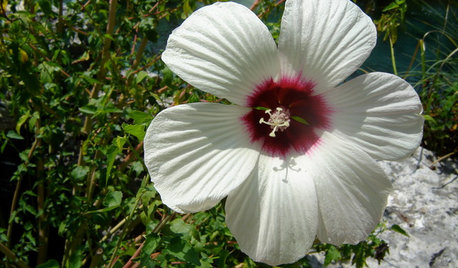
GARDENING GUIDESGreat Design Plant: Hibiscus Moscheutos
Crimsoneyed rosemallow is an ideal flowering perennial for wet sites and is ready to propagate now
Full Story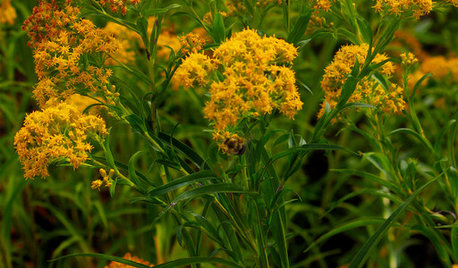
FLOWERS AND PLANTSThis Sunny Yellow Flower Helps Fall Pollinators and Landscapes
Oligoneuron riddellii’s distinct grass-like leaves and bright flowers jazz up the garden in the upper Midwest and Central Plains
Full Story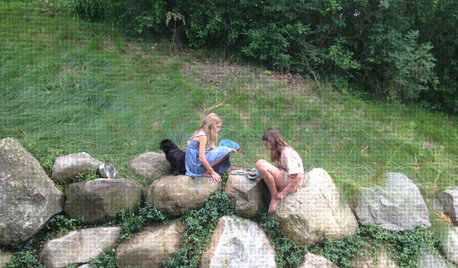
LIFETurn Off the Video Games and Turn On Your Kid's Creativity
Going nuts planning summer activities? Kids overdosing on screen time? It may be time to foster more self-directed play
Full Story
GARDENING GUIDESInvite Mining Bees to Your Garden by Planting Their Favorite Plants
Look for mining bees (Andrena) pollinating woodland wildflowers in U.S. gardens this spring
Full Story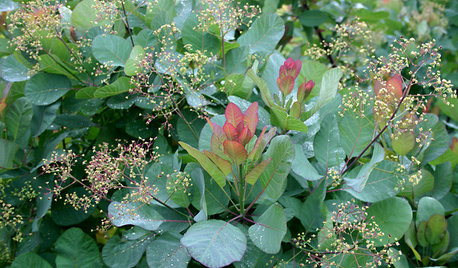
LANDSCAPE DESIGNGreat Design Plant: Old Fashioned Smoke Bush
Balance garden color with this shrub's cool blue-green foliage, luminous when backlit and sporting yellow-green flowers in spring
Full Story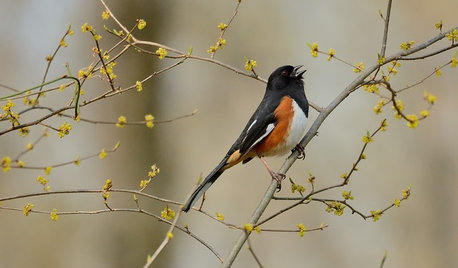
GARDENING GUIDESGreat Design Plant: Lindera Benzoin Offers 3-Season Interest
Support wildlife and enjoy the aromatic leaves of this U.S. native also known as spicebush, Benjamin bush and spicewood
Full Story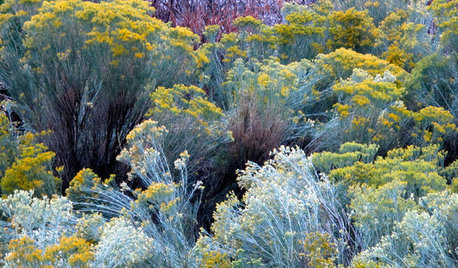
FLOWERS AND PLANTSPlant Rubber Rabbitbrush for Its Brilliant Blaze of Gold in Fall
The western North American shrub ‘Ericameria nauseosa’ has masses of tiny flowers that attract pollinators
Full Story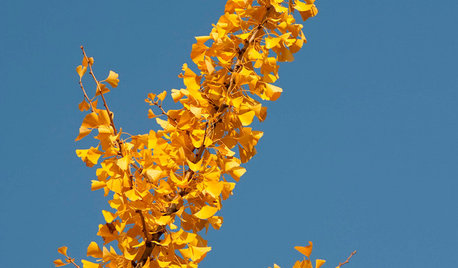
GOLD FOLIAGEGreat Design Plant: Ginkgo Biloba
This ancient tree provides shade, tolerates urban planting conditions and explodes with golden yellow fall color
Full Story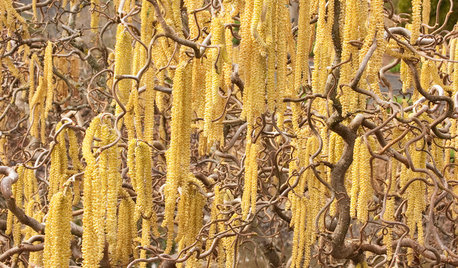
GARDENING GUIDESGreat Design Plant: Harry Lauder's Walking Stick
"Gnarly" is a compliment here — a twisted form and yellow catkins make this plant unforgettable in the winter landscape
Full Story


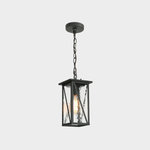
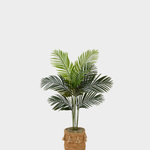

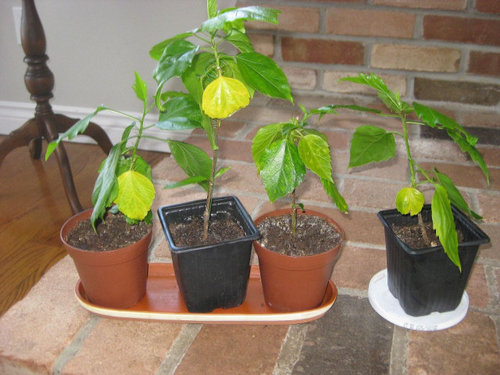
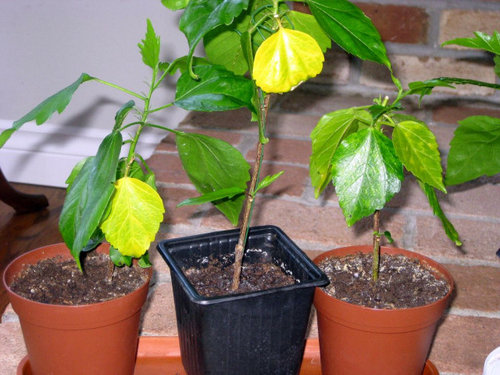
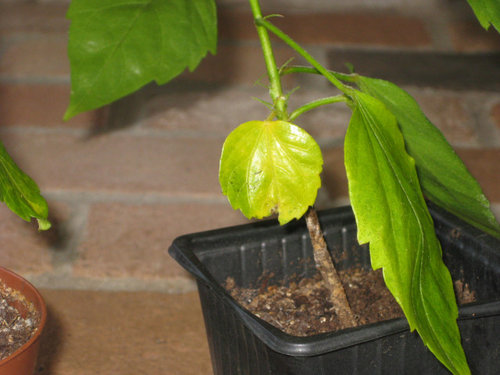
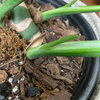


tapla (mid-Michigan, USDA z5b-6a)